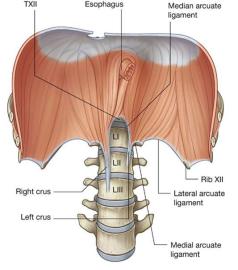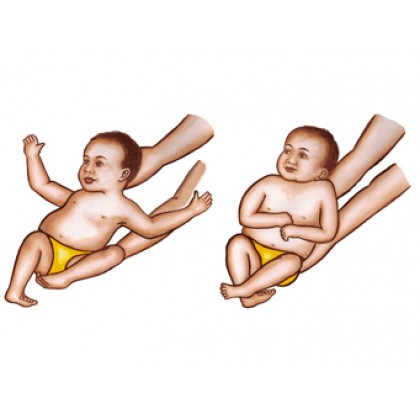Embodying Presence: Class Five and Review

“Everything is meant to be let go of, that the soul may stand in unhampered nothingness.” Insight from the 13th century German mystic and theologian, Meister Eckhard.
Compare with Patanjali I-3: Then the Seer stably abides as its own True Nature
Unhampered nothingness! What a great image. See, feel and keep letting go. Taste it, Be it.
Continue to raise up the vibratory energy field of the body through through somatic samadhi practice, using breathing as vehicle to awaken sensation-perception-integration. Presence is a felt sense of ‘Stillness’ and vibrancy.
Continue to dampen down reactivity (citta vrtti nirodhah) with discrimination, patience and a sense of humor. This is our ‘letting go’ practice.
Continue to find the ‘gaps’ of emptiness/stillness and let our attention rest there. “Now’ is a great portal.
Continue to be ’embodying presence’ throughout all of our daily activities, paying special attention to our reactivity to our experiences, just as we do when sitting. We have no control over the experiences, but we do in our relationship to them.

Awakening the vibrancy of the Middle Dantien
Continue to explore your diaphragm:
Yang explorations to feel its movement, strength and elasticity. (Feel the diaphragm pushing down on the abdominal organs on inhalation and releasing back upward into the chest cavity on the exhalation)
Yin explorations to feel its sensitivity. (Feel the breath as it comes down through the nostrils and lands on the diaphragm. What regions are sensitive/conscious, which insensitive/unconscious.
Feel the diaphragm and pelvic floor moving as an integrated whole, it whatever way works for you.
Trace the crura, right and left, to the coccyx if you can. (Anatomy books all show it ending abruptly in the lumbar.)
Allow the diaphragm to gradually become softer, gentler, more open and receptive, and let the heart rest upon it.
Opening the heart center and awakening the chest.

Traditionally called the Moro or startle reflex, here here the baby first opens her arms outward, and then closes them in. Bonnie Bainbridge Cohen has expanded our exploration possibilities by reframing a more mature expression of the Moro. We can call it the ’embracing reflex’ and experience its deeper levels at the heart center by playing with these movements using the breath.
1. Let the in breath open the arms wide, feeling the organs expanding, allowing the heart to rest and keeping the back soft. On the out breath allow the arms to return in a circular embrace, opening and widening the back body while keeping the organs open and the heart resting.
2. Same as above only reversing the actions with the breathing. Let the in breath gather the arms in an embrace and on the out breath allow the arms to open out to the world.
3. These can be done sitting, standing or lying on the floor.
Supplemental Explorations and Fun Inquiries on the number 5
The five “yoga vitamins” are key components to practice. These are attitudes of mind from Patanjali’s Yoga Sutras that create a state conducive for awakening.
I-20 shraddhaa-viirya-smrti-samaadhi-prajnaa-puuvaka itareshaam
The samadhi of others (one’s who achieve samadhi in this life) is accompanied by faith, strength, memory, meditation and wisdom.
Shraddha, loosely translated as faith, is the full clarity and pleasantness of the mind field. Like a benevolent mother, she protects the yogi, says Vyassa. It is an inner confidence that it is in fact possible to awaken and move out of suffering and confusion. Spending time in the company of those who radiate love, compassion and wisdom nurtures this. It builds enthusiasm which leads to virya.
Virya, strength, energy, vitality, accumulates with the inner confidence of shraddha and the results of practice. Virya can also be seen as creativity, the power to create, and has traditionally been associated with celibacy. The tantrikas have a different point of view about this.
Smrti or memory, mentioned previously in I-6 and I-11, is recalling states of deep inner peace and clarity as a way to re-stimulate the neuronal circuitry associated with these states and strengthen them.
Samadhi practice deepens and further wires the circuitry of the absorption state. The more time spent here, the easier it becomes to sustain as a natural state. This is Hebb’s axiom applied to yoga.
Prajna or wisdom arises through samadhi practice and reinforces our capacity to make intelligent decisions as we go through our daily activities. Intelligent decisions do not lead to negative mind states and further suffering.
The Five Kleshas : PYS II – 2 to II – 12: These ‘afflictions’ are the primary obstacles to Awakening. They are:
Fundamental Ignorance or avidya (not seeing)
Mistaking the Egoic Process for the Self (asmita)
Grasping (raga)
Aversion (dvesha)
Fear of death (abhinivesha)
The Five Vrttis : correct perception, mistaken perception, imagination, sleep and memory (PYS I-5 to I-11)
The Five Skandhas: The Buddhist model of the development of the egoic structures and processes
The Five Koshas: The Five ‘sheaths’ or layers of embodied consciousness
The Five Yamas: PYS II – 30, 30 Habits to avoid:
violence, dishonesty, thievery, addiction to sex, hoarding
The Five Niyamas: PYS II – 32 Rules to Follow:
cleanliness, contentment, discipline, self study, allowing your Divinity to manifest.

